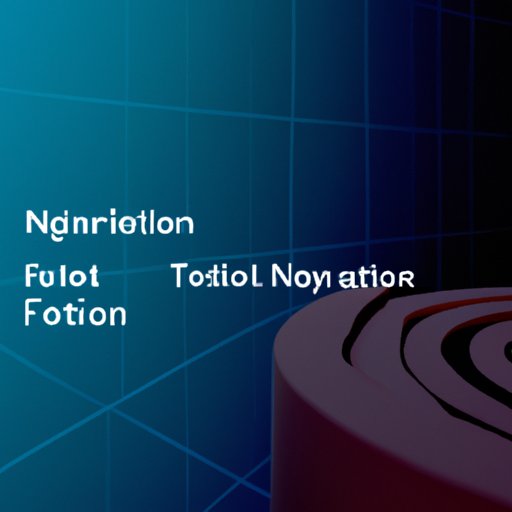Introduction
Non-Fungible Tokens (NFTs) are digital assets that exist on a blockchain and represent ownership of an item. They can be used to represent ownership of a variety of items such as artwork, music, digital collectibles, gaming assets, and more. As the popularity of NFTs has grown, so too has the number of people interested in launching their own NFT project.
Starting an NFT project can be a daunting task. There are many factors to consider, from understanding regulatory requirements to developing a token model and marketing strategy. This article will provide an overview of the essential steps for starting an NFT project, including outlining project goals and objectives, researching existing projects, selecting a platform, understanding regulatory requirements, developing an NFT design and tokenomics, promoting the project, launching it, and monitoring results.

Outline the Project Goals and Objectives
Before starting an NFT project, it is important to first outline the project’s goals and objectives. These should be specific and measurable, and they should also align with the overall vision of the project. For example, if the goal is to create an NFT marketplace, the objectives might include attracting 1000 users within the first month or increasing revenue by 50% within the first year.
It is also important to identify the target audience for the project. Knowing who the project is catering to will help inform decisions about the design, branding, and marketing strategy. According to David Ciccarelli, CEO of Voices.com, “Knowing who you’re targeting helps you to focus your resources and tailor your message to people who are likely to want what you have to offer.”
Research Existing NFT Projects
It is important to research existing NFT projects before starting your own. This will give you a better understanding of current market trends and existing solutions, and it will also help you identify potential competitors. Analyzing data such as the number of transactions, average sale prices, and volume of sales can provide valuable insights into the current market.
In addition, exploring existing solutions can help you understand the various platforms available and how they compare in terms of features and cost. According to a survey conducted by the Blockchain Research Institute, Ethereum remains the most popular platform for NFTs, but there are other options such as OpenSea, Rarible, and WAX.

Select a Platform for Your NFT Project
Once you have identified the platforms available, it is important to select the one that best meets your needs. Consider factors such as features, cost, and security measures. For example, Ethereum offers a wide range of features and is relatively low cost, but it may not be the most secure option. Other platforms such as WAX and Flow may offer more robust security measures but may be more expensive.
Understand Regulatory Requirements
It is also important to understand the local and international laws and regulations that apply to your NFT project. It is important to familiarize yourself with the relevant tax codes and other legal requirements, as failure to comply could result in penalties or other consequences. According to Tim Draper, a venture capitalist, “In order to succeed in business, you must understand the laws and regulations applicable to your industry.”
Develop an NFT Design and Tokenomics
Creating a unique design and branding for your NFT is essential for success. This includes everything from the visuals to the copy and messaging. It is also important to construct a token model that outlines the total supply, distribution, and pricing structure. The token model should take into account the project’s goals and objectives, as well as the target audience.
Promote Your Project
Once the project is ready to launch, it is important to develop a comprehensive marketing strategy. This includes utilizing social media platforms and other digital channels, as well as traditional methods such as print and radio. It is also important to consider influencer marketing, which can help increase visibility and reach a larger audience.

Launch the Project and Monitor Results
Before launching the project, it is important to test it thoroughly and ensure that all components are functioning properly. Once the project is launched, it is important to track and analyze key performance metrics such as user engagement, transaction volume, and revenue. This will help you assess the success of the project and make any necessary adjustments.
Conclusion
Launching an NFT project can be a complex process, but with the right approach, it can be a successful endeavor. The key steps for starting an NFT project include outlining project goals and objectives, researching existing projects, selecting a platform, understanding regulatory requirements, developing an NFT design and tokenomics, promoting the project, launching it, and monitoring results. By following these tips, you can increase the chances of success for your NFT project.
(Note: Is this article not meeting your expectations? Do you have knowledge or insights to share? Unlock new opportunities and expand your reach by joining our authors team. Click Registration to join us and share your expertise with our readers.)
